War Crimes Trials in Serbia
Thursday, 11.01.2007.
14:25

War Crimes Trials in Serbia
There are four war crimes trials underway in Serbia at the moment: two for war crimes committed against Bosniaks, one for a war crime committed against Albanian prisoners, and one for a war crime committed against Albanian civilians. On December 12, 2005 the War Crimes Trial Chamber of the Belgrade District Court handed down a decision in Ovčara case. On December 14, 2006 the Supreme Court of the Republic of Serbia overturned the decision of the Belgrade District Court and sent the case for retrial. Apart from this, the trial of two former reserve members of the Serbian Ministry of the Interior (MUP) is underway before the District Court in Niš for the murder of an Albanian man in the course of the NATO bombardment.Humanitarian Law Center (HLC) organised for the trials to be monitored by the victims’ family members and representatives of different victims’ associations. Encouraging victims/witnesses to take part in war crimes trials is also a priority within the HLC’s effort to support domestic war crimes trials.
Current trials
1. Scorpions Case
The trial of the commander and four member of the Scorpions unit started on December 20, 2005 and until December 1, 2006 there have been 33 main hearings. Both Prosecutor’s Case-in-Chief is finalized, as is the Defense’s.
What is characteristic for this case is that the Prosecutor amended the indictment in the most unusual way in the middle of the Prosecutor’s Case-in-Chief, before the Trial Chamber showed the VHS recording of the execution as evidence and before expert evaluation was given for the VHS tape. The video and the expert testimony, both contained in the transcript of the conversation between the accused which took place in the course of execution of the six Muslim men, unequivocally and beyond a doubt indicate that all of the accused acted as conspirators of the crime and that there was no hesitation on the part of any of these men with respect to the execution.
On the contrary, they cursed the prisoners, insulted them using rude curses, kicked them with their boots, denied them water, told them openly that they were going to be executed, and demonstrated their excitement and satisfaction for successfully completing the job they were tasked with. The transcript of their conversation reveals that they were waiting for the accused Vukov, deputy commander of the unit, to come down from his post to discuss the execution with him, which is contrary to Vukov’s defense in which he claimed that he had come down to take food. The video recording also shows that after his arrival on the scene, he [Vukov] and the accused Petrašević talked in a low, confidential voice, away from other men.
This indicates that they were not talking about food packages but about more serious things, especially because no food was brought from the command office to that place. Apart from this, after returning to his post, the accused Vukov left behind two men from his entourage, who stayed their during the execution.
Regardless of the fact that very explicit and clear evidence was presented corroborating joint and unified action of all of the accused, prior to the presentation of these two exhibits, the Prosecutor amended the indictment in which the accused Aleksandar Medić and Vukov are charged with a less serious criminal act, and instead of co-conspiracy they are accused of aiding and abetting the execution of a criminal act, with explanation that they did not shoot.
Such legal stipulation in the amended indictment for the accused A. Vukov and A. Medić is in direct opposition to the provisions of the Criminal Code, established facts, and court practices with respect to the criminal act of conspiracy. It is clear that, in order to prove the existence of a criminal act characterized as a war crime, it is necessary to establish the existence of a unanimous intention of all accomplices to commit a war crime, which is satisfied in this case, regardless of who the direct perpetrator was.
In the course of the trial, it was established that members of the execution group were close, compact, and unified. Namely, they were all bodyguards of Slobodan Medić, the unit commander; they slept in the same house with him and escorted him everywhere. In addition, the amended indictment is in collision with the latest court practices of the Supreme Court of the Republic of Serbia[1].
The prosecutor amended the indictment before written documentation, obtained from the Office of the Prosecutor of the ICTY, was read and before the hearing of witness Milan Milanović Mrgud, who is the former Defense Minister of the Republic of Srpska Krajina at the time of the massacre over Srebrenica Muslims.
Before the above mentioned evidence was presented, the prosecutor amended the indictment by characterizing the Scorpions unit as a paramilitary unit established by the Oil Industry of the Republic of Srpska Krajina Company (NIRSK), which acted under the umbrella of the Army of the Republic of Srpska Krajina. This is confusing, both logically and legally because a unit cannot be a paramilitary formation if it is acting within a regular military unit and receives orders from another, also regular military unit.
The written evidence of the ICTY Office of the Prosecutor clearly indicates that “Scorpions” acted as a Serbian MUP unit in the Trnovo war zone. “Scorpions” are explicitly mentioned as a Serbian MUP unit in different forms of correspondence, telegrams, and orders, signed by Tomislav Kovač, former Interior Affairs Minister of Republika Srpska and other high officials of the Republika Srpska MUP. Some of the telegrams even contain the names and detailed personal information of those members of the Serbian MUP who were wounded in the Trnovo war zone and transferred for treatment to Foča and the Military Medical Academy (VMA) in Belgrade.
It is not possible to establish the truth about the status of the Scorpions unit without the testimonies of these men. The legally binding indictment of the ICTY against Jovica Stanišić and Franko Simatović, mentions this unit as a Serbian MUP unit, under the control of the Serbian State Security Service, which speaks in favour of the theses that Scorpions acted in the Trnovo war zone as a special unit of the Serbian MUP. Former Chief of Staff of the Serbian State Security Service and former commander of the Red Berets Franko Simatović are indicted in accordance with the principle of command responsibility for the execution of six Bosniaks in Trnovo.
Bearing in mind such amended indictment the Trial Chamber cannot change neither the factual description (of the “Scorpions” unit) nor the legal qualification of the crime, although the prosecutor qualified the acts of these two accused as a less serious crime than it was the case with the initial indictment.
After all the evidence had been presented, the HLC was informed that, based on comparative DNA analyses, the Missing Persons Commission of Bosnia and Herzegovina established identity of the sixth victim confirming it to be Juso (Alija) Delić. The HLC intends to inform the Court about it.
2. Zvornik Case
The Zvornik case was transferred by the ICTY to the Office of the Prosecutor of the Republic of Serbia in the investigation stage. There were 46 main hearings until December 2006. The indictment was brought by the domestic Office of the Prosecutor in August 2005 and it defines the conflict on the territory of Bosnia and Herzegovina as a civil war between members of Serbian, Muslim, and Croatian ethnic groups, and not as an “armed conflict” as defined by the ICTY.
The second shortcoming of the indictment is its failure to encompass the most massive crime committed in the Zvornik municipality (murder of 700 Muslim men who were first expelled from their homes, brought to a collection center in Bijeli Potok, where they were separated from women, children, and the elderly and from there taken to a camp in the building of the Technical High School Center in Karakaj, and later executed. In the meantime, that problem was overcome because, upon the insistence of the victims’ representatives, the Office of the War Crimes Prosecutor of the Republic of Serbia asked the ICTY Office of the Prosecutor of the ICTY for additional documentation with respect to the crime committed in the camp of the Technical High School Center building in Zvornik. Office of the War Crimes Prosecutor started the investigation in October 2006.
The outstanding characteristic of this case is that, upon HLC initiative, the Office of the War Crimes Prosecutor of the Republic of Serbia initiated communication with the Cantonal Office of the Prosecutor in Tuzla, which helped with identification of new witnesses and secured contacts with them.
3. Bitiqi Case
The indictment against two members of Special Police Units (SPU) of the Serbian MUP for the murder of three Bitiqi brothers, Kosovo Albanians, who are also US citizens, was brought in August 2007, seven years after the murder took place. Although it is obvious that it was a criminal act ordered by the Serbian MUP Public Security Chief of Staff, general Vlastimir Đorđević, still at large, and with the participation of Goran Radosavljević Guri, deputy commander of the Serbian MUP SPU and the supervisor of the MUP Serbia School Center in Petrovo Selo, also still at large, they have not been indicted as of yet.
The process of prolonging the court procedure, solidarity with the Serbian MUP members involved in this crime, and the fact that the Office of the War Crimes Prosecutor is constantly trying to delay the beginning of the investigation resulted in the fact that those who ordered the crime fled the country.
4. Suva Reka Case
The trial began in October 2006 and by the end of the year 2006 12 main hearings were held and four witnesses were heard.
The indictment for war crimes against civilian population committed in Suva Reka, Kosovo, during the NATO bombardment is the first to accuse, before a domestic court, regular Serbian MUP members, including members of the 37th SPU of the Serbian MUP. Events which are defined by the Geneva Conventions are by this indictment also, for the first time, defined as an armed conflict, which is an important step forward in the process of accepting and applying standards of the international humanitarian law and ICTY practices. It is also worth mentioning that key witnesses of the Office of the Prosecutor are former police members who are able to describe in detail the murder of Albanian civilians and the removal of bodies from Suva Reka.
5. Emini Case
The trial of two reserve members of the Serbian MUP is being held before the Niš District Court for murder of Albanian Isa Emini on May 5, 1999 in Priština, Kosovo. Both accused are out on pretrial release. Although the crime was committed in course of the armed conflict, the prosecutor did not qualify the criminal act as a war crime against civilian population. Twelve main hearings have been held so far. Prosecutor’s case-in-chief and the Defense’s Case-in-Chief are completed.
From the very beginning the trial was rather cursory. The investigation was incomplete, the crime scene investigation was conducted a day following the murder, the scene was not fingerprinted, it was not established whether objects had been moved around, the women, victims of this event, did not receive any medical attention and the investigation failed to question all of the possible witnesses, neighbors, in order to clarify questionable facts.
Common characteristics and distinctions in different war crimes trials
The basic characteristic of all war crimes trials is the fact that the Office of the War Crimes Prosecutor is persistently trying to cover up all evidence pointing to the responsibility for war crimes of any institutions of the Republic of Serbia, Federal Republic of Yugoslavia, or individuals holding a position of any significance within those institutions.
Aside from that, the Office of the War Crimes Prosecutor is continually delaying initiating investigation against certain individuals, so that the investigation into the death of Bitiqi brothers began seven years after the murder and investigation of the Suva Reka massacre started three years after the mass graves in Serbia had been discovered. The investigation into the gravest crime in the Zvornik municipality was initiated following adamant requests by the HLC and the Victims’ Families Association from Zvornik, a year after the beginning of other trials committed in Zvornik.
By bringing the indictment for the crimes committed in Suva Reka, the Office of the War Crimes Prosecutor made a positive development by its approach to those members of the MUP proven to have personally participated in war crimes. The indictment was brought against a police lieutenant-colonel, deputy commander of the SPU, Suva Reka police commander, his assistant, and a number of members of the Suva Reka Police Department (OUP Suva Reka).
However, the shortcoming of this indictment is that it does not include high ranking officials of the Serbian MUP according to the principle of command responsibility, such as, for example, SPU general Obrad Stevanović, or Chief of Staff of the MUP Headquarters in Kosovo, general Sreten Lukić, tried before the ICTY.
As opposed to the Office of the War Crimes Prosecutor which acts as a governmental institution, and not as a part of the judicial system, the War Crimes Trial Chamber of the Belgrade District Court performs its judicial duty in war crimes trials professionally and impartially. All of the justices make their rulings in accordance with the law and following guideless of fair and correct trial. However, as provided by the law, judges are unable to make amends and corrections in the indictments, which constitute a serious danger that some of the court rulings, as it may happen in the “Scorpions” case, will be made public with the truth which will be different from the court truth established in the cases tried before the ICTY.
The Supreme Court of the Republic of Serbia illegally overturned the first instance ruling in the Ovčara case[2]
On December 14, 2006 the Supreme Court of the Republic of Serbia overturned the first instance ruling in the Ovčara case and returned it for retrial. The Supreme Court carries on its practice of overthrowing every judgment made in war crimes trials and returning it for retrial.
The decision of the Supreme Court to overturn the first instance ruling in the Ovčara case has no legal or factual grounds. Three first instance judgements[3] have been considered and decided on by the Supreme Court and all three were overturned and sent back for retrial. None of the Supreme Court’s decisions were based on legal facts, and what is common for all three of them is that they incorrectly interpret the legal aspect of each case file they reviewed.
Particularly in the Ovčara case, the Court’s position is, to put it mildly, contrary to the legal solutions and judicial practices. For example, the request to obtain psychiatric evaluation of a witness, to harmonize opinions of individual experts with those of the Expert Commission, and in cases where that is not possible, to order additional super-expertise, to double check investigations’ minutes which indicate that a defense attorney was present at interrogation, to allow the accused who was indicted based on legally founded facts to testify as a witness regardless of the fact that a legally binding judgement was presented as evidence.
The reasoning behind the decision of the Supreme Court to overturn the first instance ruling is as follows:
i. that the first instance court overstepped the indictment by leaving out the part of the indictment stating that Milan Lančužanin killed the prisoners of war by firing from his weapons. However, the analyses of this decision does not indicates that it is not overstepping of the indictment, but an act in favour of the accused by omitting an incriminating part of the indictment. It was established by the Court that the accused Lančužanin ordered the murder of prisoners of war, but did not have evidence that he personally participated in the execution which is the reason they left that part out.
ii. to question defense attorney Milan Veljković in order to establish whether he was present when Jovica Perić gave his statement to The Anti-Organized Crime Directorate (UBPOK) inspector, since had he not been present, the statement should have been separated. However, it was noted in the minutes that Milan Veljković, the defense attorney of the accused Perić was present at interrogation. Interrogation minutes is an official document and it is presumed to be true until it is proven to be a counterfeit in the course of criminal proceedings.
iii. that it was not established that Milan Vojnović took part in the execution in Grabovo and the reason being that his name is not mentioned by plaintiffs Franjo Kožul, Jadranka Janjić, Mile Maćešić, and Sandra Grejza. These plaintiffs cannot testify about the execution in Grabovo or about perpetrators because they were not there at all, and they cannot testify on the circumstances of the execution.
iv. that the hearing of witness Mišel Husnik should have offered information about the time the accused Ivan Atanasijević left for Velepromet and Ovčara in order to determine whether the accused only killed one of the prisoners of war in Grabovo or whether he took part in the execution of all prisoners. It is irrelevant whether the accused killed one or more prisoners for legal qualification of the criminal act of war crime.
v. with respect to Predrag Madžarac, the Supreme Court overturned the verdict because witness Nikola Dukić stated that he had seen the accused Madžarac in the execution squad in Grabovo, but that he was not sure whether he fired or not because he was not able to see the flames coming out of his rifle barrel. For legal qualification of the criminal act of war crime the fact that he was a member of the execution squad is sufficient, and on the other hand, it is very difficult to expect that the witness was really able to see the flames from the rifle barrel of each member of the squad.
vi. that it was not determined beyond a reasonable doubt that the commander of the Vukovar Territorial Defense (TO) and his deputy were Miodrag Vujović and Stanko Vujanović. Countless witnesses have confirmed so far that the two of them were holding these positions. It is only unclear who brought them to those positions, which does not in the least affect their responsibility.
vii. to obtain psychiatric evaluation of the witness-collaborator No. 1. The question is whether this evaluation is indeed necessary because its purpose is for the psychiatrists to determine whether the witness is telling the truth or not. That is absurd because it is only the Court that can establish whether someone is telling the truth or not. Apart from this, psychiatric evaluation of a witness is unprecedented.
viii. the Supreme Court decided to overturn the first instance ruling because expertises of court experts Jančić and Aleksandrić in terms of the ability of the accused Vujo Zlatar to move are not in agreement and because additional super-expertise was not ordered. First of all, court expert Jančić performed his job individually, and court expert Aleksandrić was representative of a commission made up of three experts, all three of whom are Medical School professors. The Criminal Procedure Code clearly states that if there is collision between opinion of an individual expert and the Expert Commission there is no need for agreement or for additional super-expertise, because the Commission’s finding prevails.
ix. the Supreme Court does not accept interpretation of the first instance court that Predrag Dragović took part in the execution in Grabovo, declaring it insufficient because the first instance court drew that conclusion from the statement of witness-collaborator No. 1, who quoted the accused Dragović saying in front of the hangar, upon his return from Grabovo: “Those Ustasha pussies are done away with”. It is quite unusual for someone who did not take part in the execution to boast in this manner, which makes the conclusion of the first instance court correct and logical.
x. the Decision is overturned, among other things, also because there is insufficient evidence that the accused Predrag Milojević and Đorđe Šošlić killed one prisoner each by slitting their throats. The first instance court in its ruling explained that the court medical documentation, especially the findings of professor Tasić, court expert, indicate that the cause of death in one case is a stab wound to the head, neck, and torso, in two cases the cause of death are combined injuries stab-slit wounds and gunshot wounds, and in four other cases the cause of death was not classified. In conclusion, there are seven cases where death might have been caused by stab-slash wounds. Both Milojević and Šošić are accused of killing one prisoner each by slitting their throats. In a situation when this is confirmed by an eyewitness (witness-collaborator No. 1), the enclosed finding of court medical expert Professor Tasić directly confirms the statement of witness-collaborator No. 1 and does not compromise it in any way.
xi. the motion by Sava Štrbac, the defense council of the accused Ivica Vuletić, indicted of war crimes before the Cantonal Court in Osijek, to hear Vuletić as a witness was granted. The court presented the evidence by reviewing the Decision of the Cantonal Court in Osijek and made certain conclusions, explaining them in detail in the Decision. Hearing the accused person as a witness in the Ovčara case would not establish anything other than what the first instance court established by reviewing the Decision of the Cantonal Court in Osijek.
Conclusion
U vezi sa ukidanjem presude u predmetu Ovčara porodice žrtava su javno iznele da su očekivale podizanje novih optužnica a nikako da će Vrhovni sud Srbije ukinuti presudu, koju je izreklo sudsko veće u koje su porodice, prateći suđenje, stekli puno poverenje.
With respect to overturning the decision in the Ovčara case, victims’ families stated publicly that they did not expect new indictments to be raised by the Office of the War Crimes Prosecutor and that they never expected the Supreme Court would overturn the first instance decision of the War Crimes Trial Chamber of the Belgrade District Court which had gained absolute confidence of the families who monitored the trial.
The decision of the Supreme Court to overturn the decision in the Ovčara case scared many victims/witnesses and left them wondering whether their participation in the trials made sense under such circumstances, i.e. knowing that it is possible that the Supreme Court of the Republic of Serbia might overturn the decision once again. However, it is encouraging that, in December 2006, the Office of the War Crimes Prosecutor of the Republic of Serbia, soon after the first instance decision in Ovčara case had been overturned, announced that a new investigation is underway and that more of those responsible for the crime in Ovčara would be brought to justice.
[1] Four men accused of murder of 16 Bosniaks from Sjeverin are convicted and the decision is legally binding althouht it had not been established whether any one of accused actually fired at the victims. Four accused were convicted of co-conspiracy in the criminal act of murder of Ivan Stambolić although it had been established that only one of them actually fired at Stambolić, and that is also a legally binding decision. It is the same case with the legally binding decision in the case of assassination attempt of Vuk Drašković in Budva.
[2] 14 members of the Serbian TO of Vukovar and the “Leva supoderica” volunteer unit were found guilty by the War Crimes Chamber of the Belgrade District Court Decision of December 12, 2006, for the criminal offense of war crimes against prisoners of war in case of execution of over 200 members of Croat armed forces and civilians on November 20, 1991 at the Ovčara farm near Vukovar.
[3] On September 15, 2005 the Supreme Court overturned the first instance ruling in the case of four members of the paramilitary unit “Osvetnik” for the kidnapping and murder of 16 Bosniaks from Sjeverin, in Serbia. The War Crimes Trial Chamber organized a retrial and handed down a decision on July 15, 2005 sentencing the accused to the same (maximum) prison sentences. The decision is legally binding.
On December 22, 2004 the Supreme Court overturned the first instance decision of the Belgrade District Court in the case of Saša Cvjetan charged for the murder of 14 Albanian civilians during the NATO bombing in Kosovo and returned it for retrial. The War Crimes Trial Chamber presided over by the same judge as the first trial (Biljana Sinanović) held a retrial and on June 17, 2005 handed down a decision sentencing Saša Cvjetan to 20 years in prison, as in the first instance decision. The decision is legally binding.



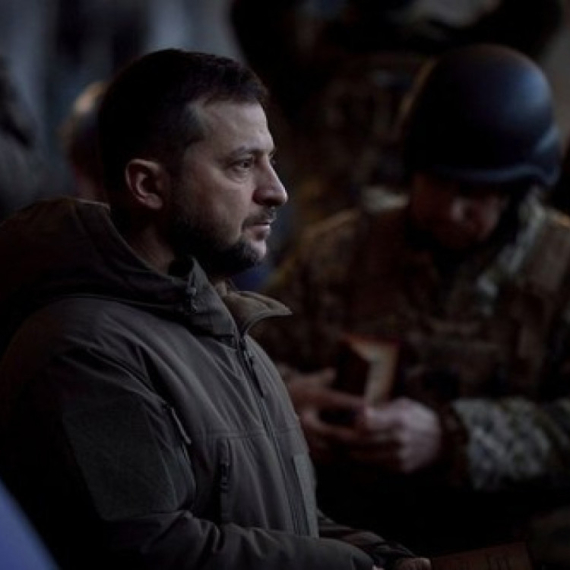
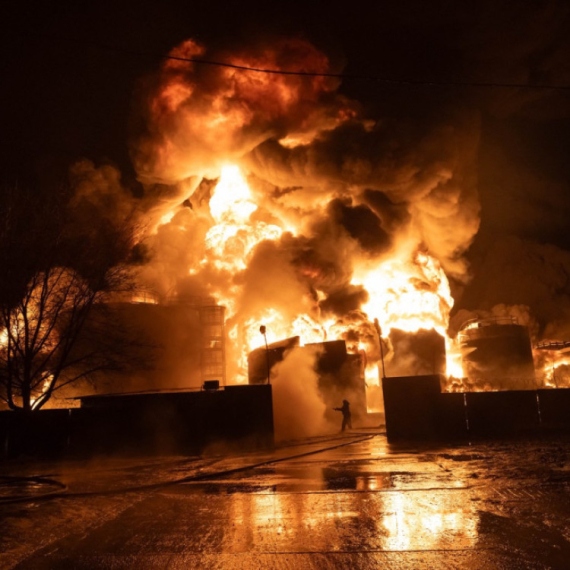

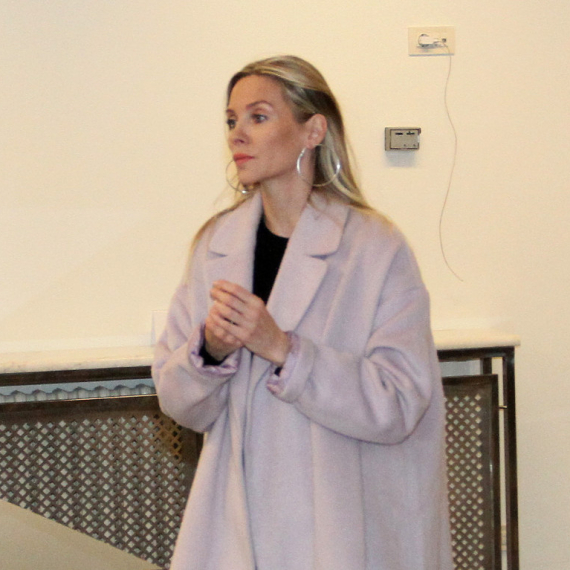




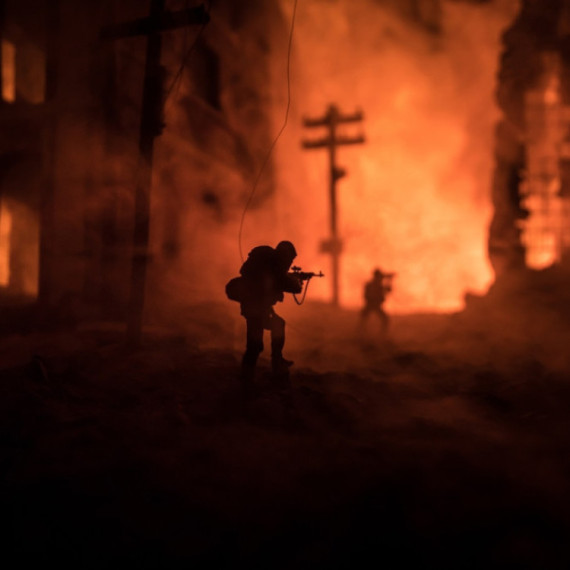
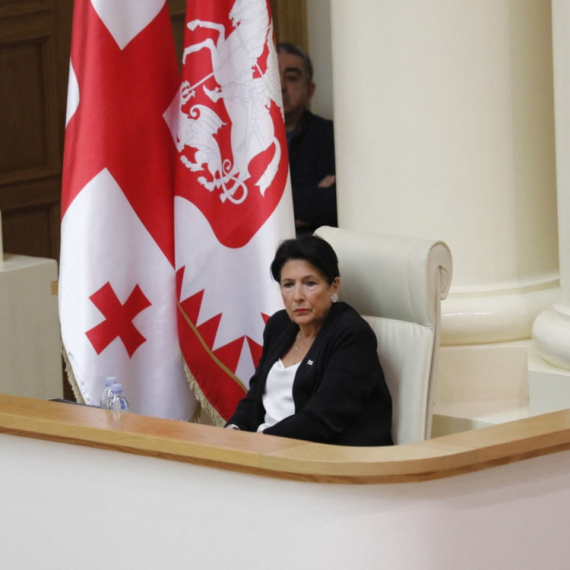
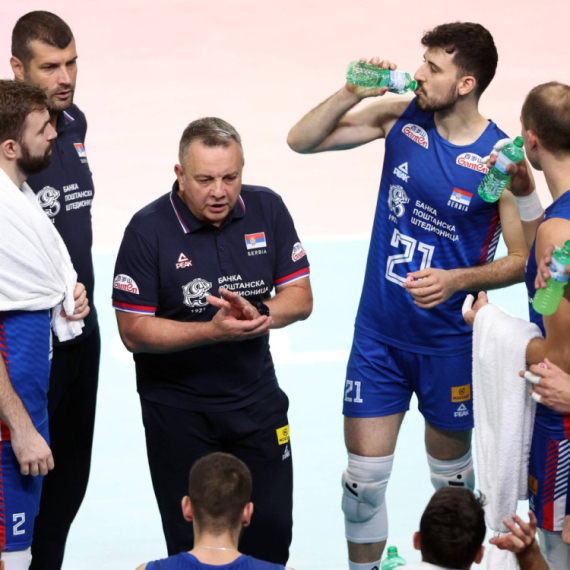



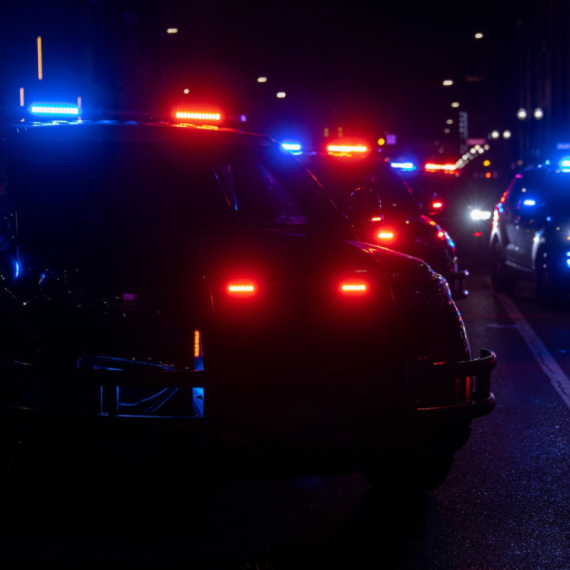
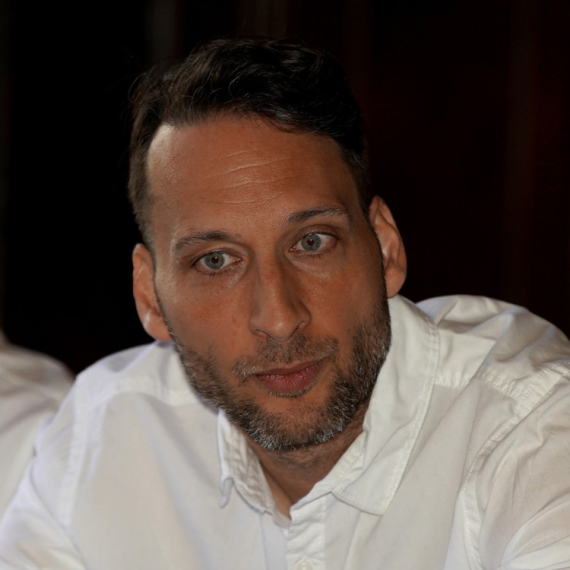






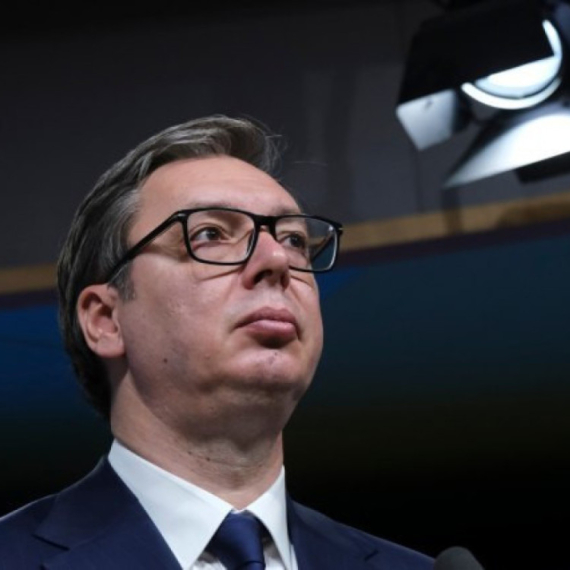
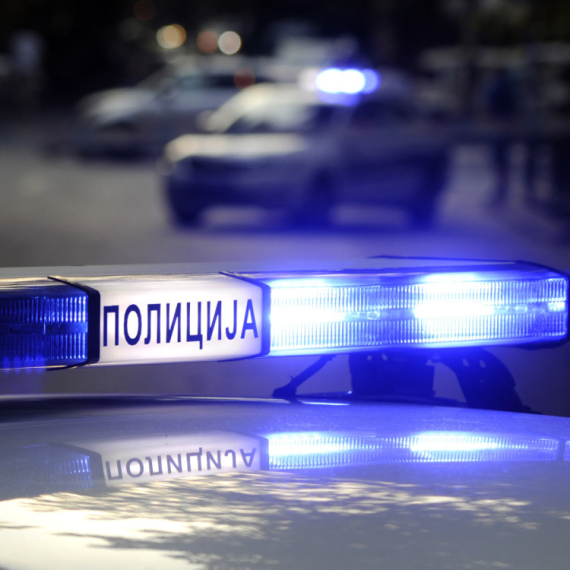
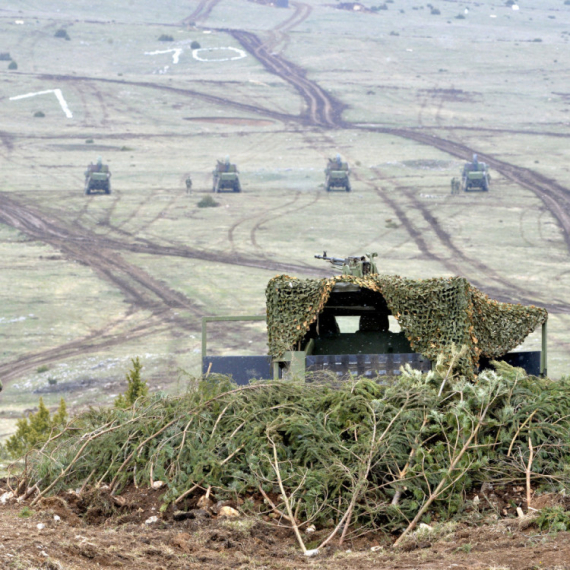
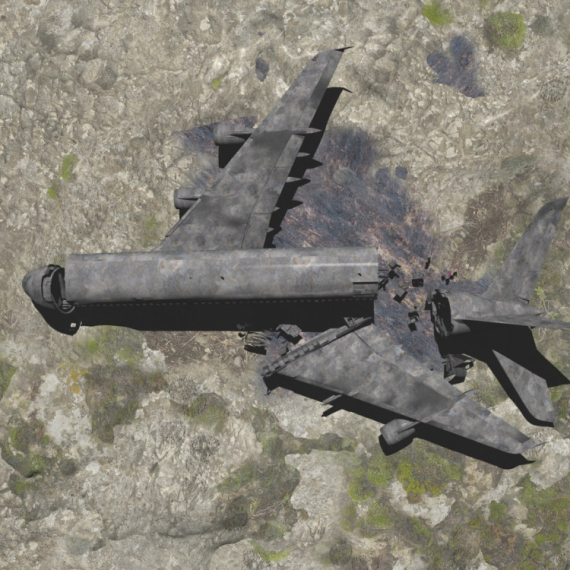
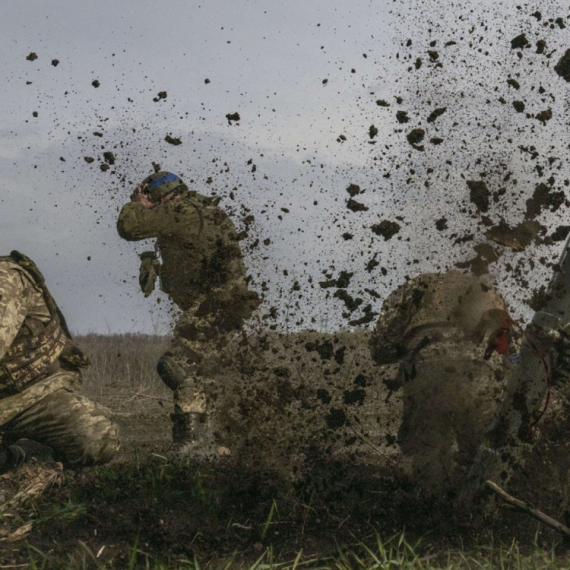




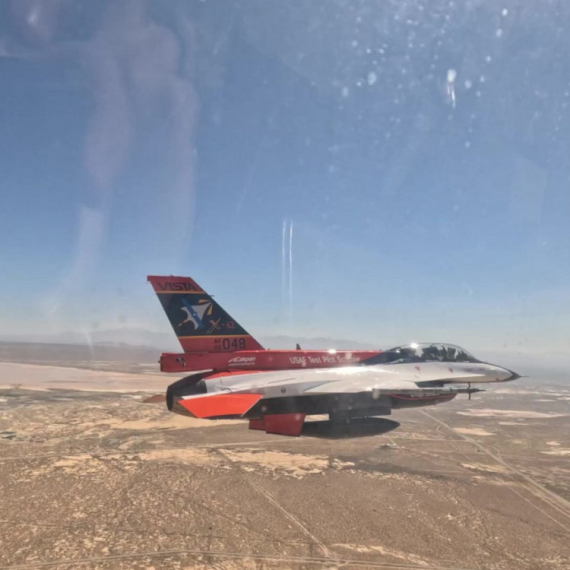






Komentari 1
Pogledaj komentare